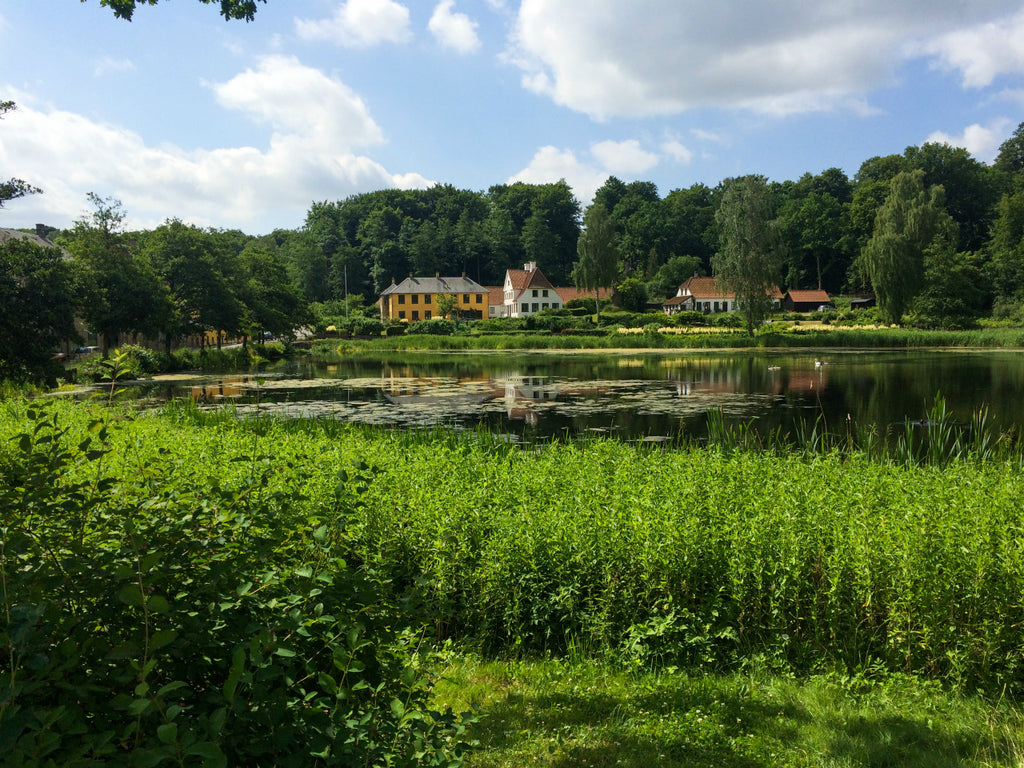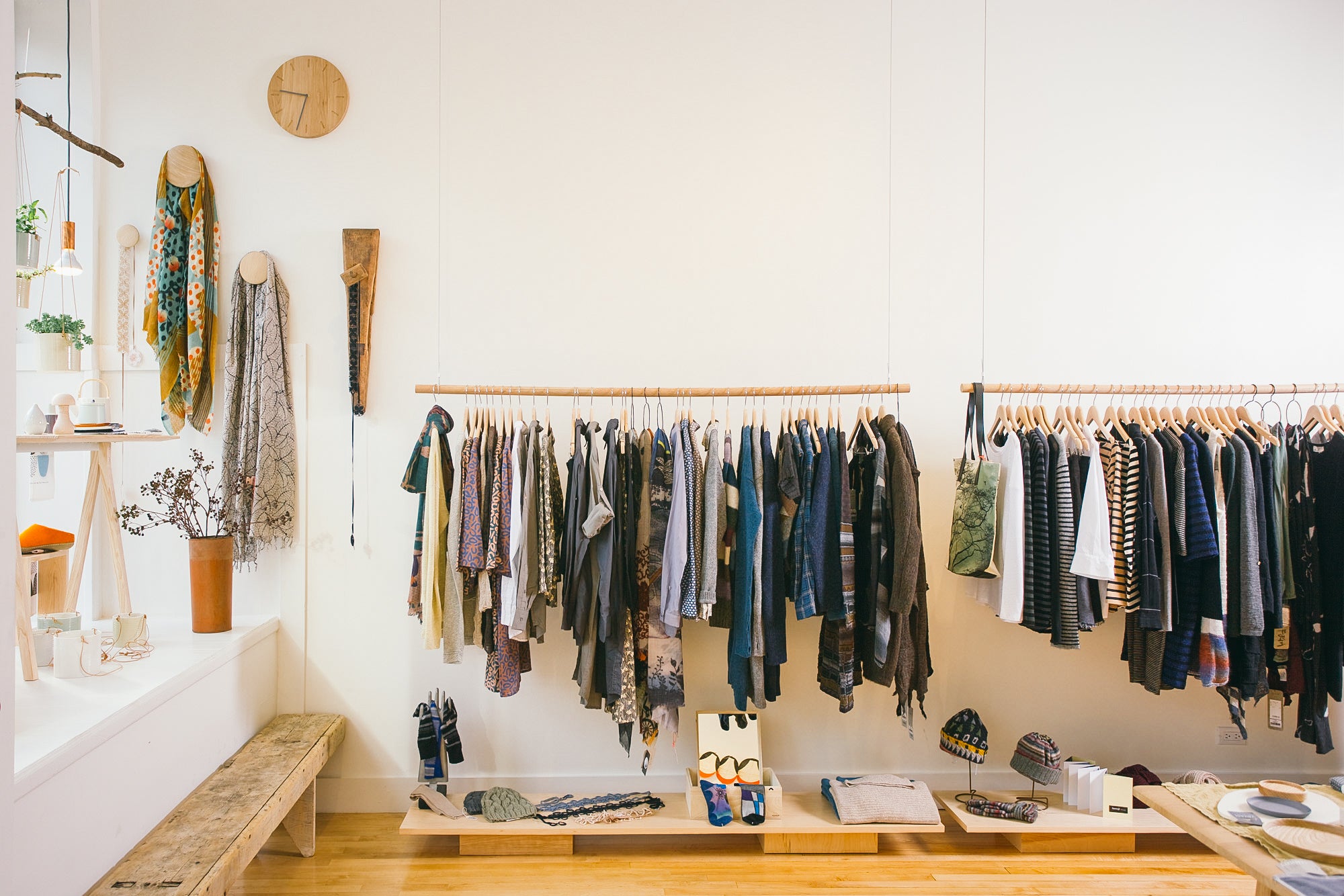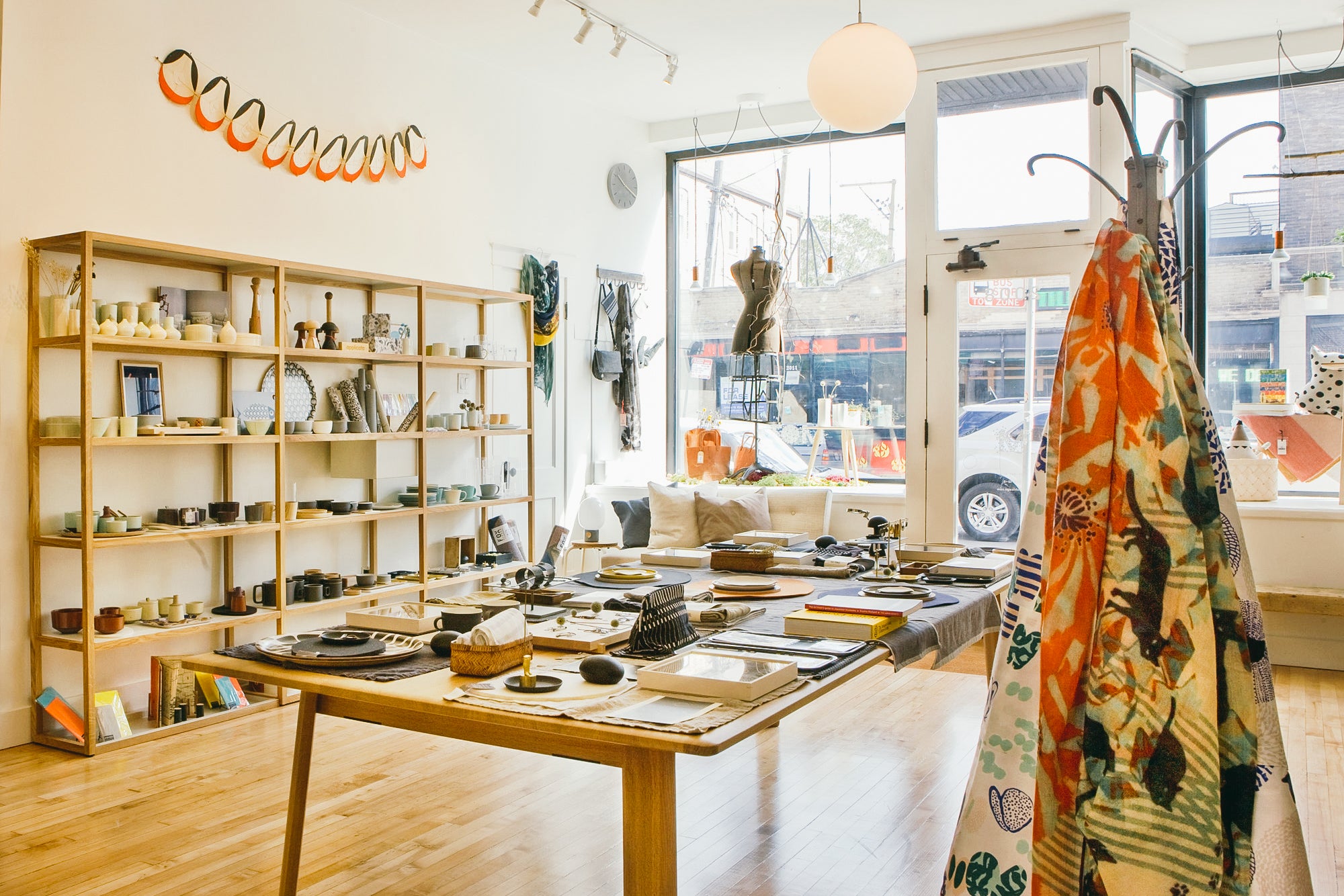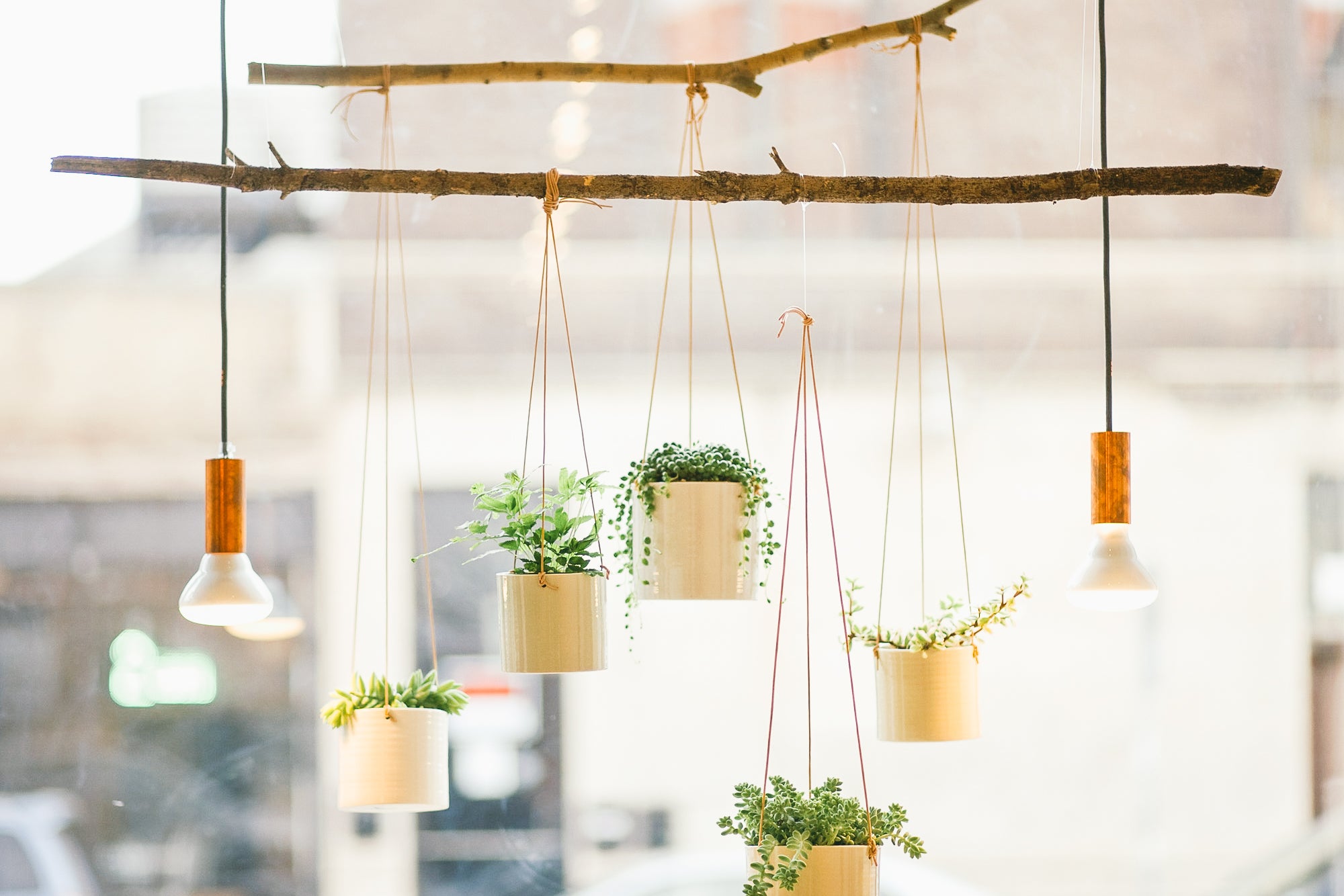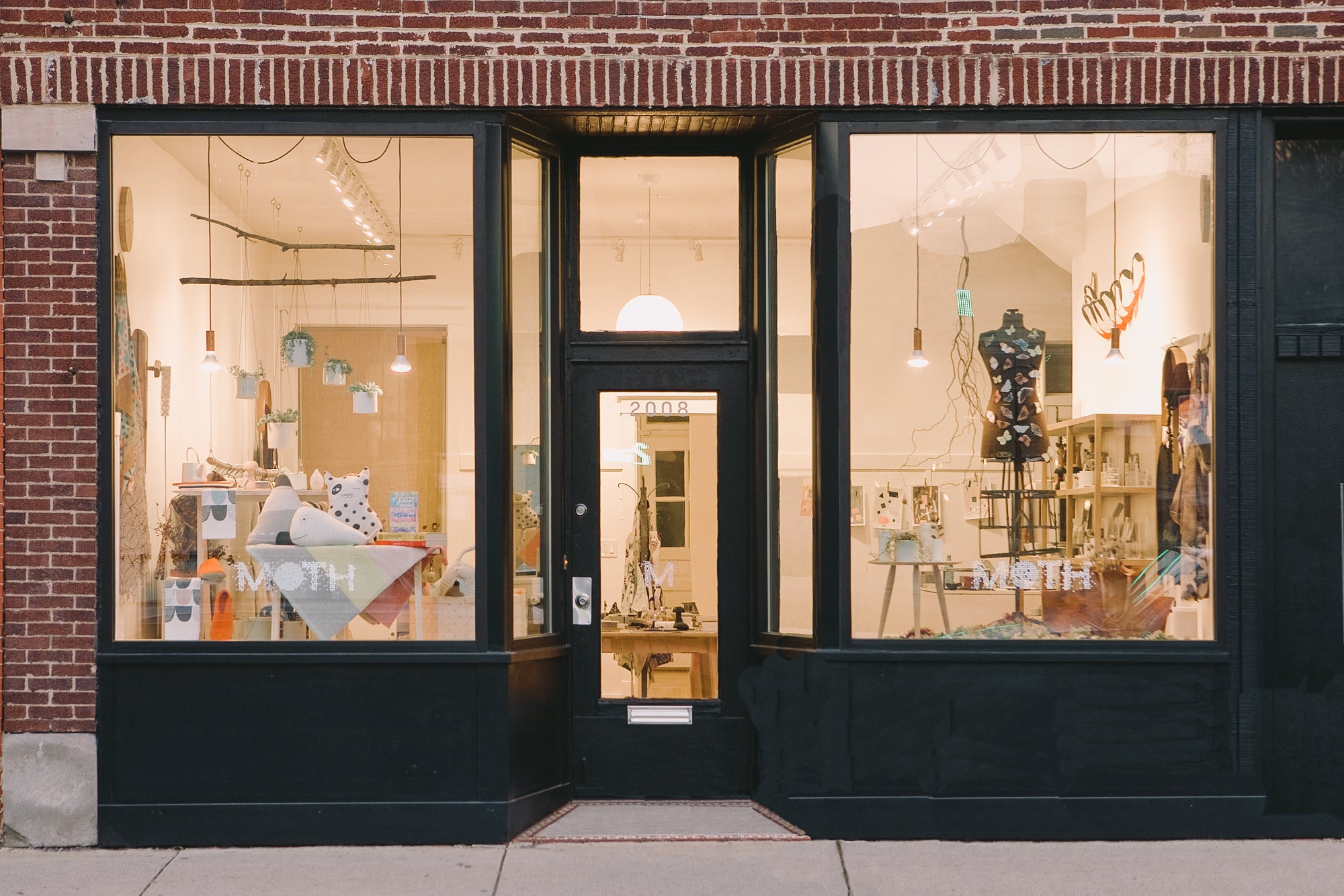The story picks up from Part I, published 10/6/18. You can link to it here.
Day 3
Today finds me heading towards the center of town for my appointment with the Swedish clothing brand nygårdsanna. The brand is a Moth favorite, loved by staff and customers alike, and it’s one of the main reasons I’ve come to Copenhagen. I’m here to buy the next season’s collection, spring and summer 2019.

I believe that what makes the brand so popular are the classic, understated designs that allow the wearer to wear the clothes, and not the other way around, which can sometimes be the case in high fashion.

There is also a dedication to quality construction: Nygårds Anna Bengtsson launched her first collection in 1994, but she learned to sew from her mother and grandmothers well before that. The brand is rooted in the strong tradition of Scandinavian handicraft, and the consideration it espouses extends to all aspects of production, from the careful sourcing of quality fabrics—Liberty print cottons and traditional Harris tweeds appear alongside hardwearing linens and knitwear—to a desire to assist customers mix and match garments from different seasons by ensuring that colors and textures go together, regardless of the collection. Anna even encourages mending and prolonging the life of a garment by selling it secondhand, or by passing it down to a daughter or a friend! The entire ethos of this brand resonates with me.

I arrive to find Anna and her staff showing the SS19 collection in the courtyard of their lovely boutique, riffling busily through the racks and chatting to customers. A bowl of ripe plums sits in the shade, and the day is warm and sunny. It feels good to be here.


Karin Sundin, a long time nygårdsanna associate and former Chicago resident, gives me a warm welcome—we always look forward to catching up with each other at these events. We chat about developments at the store, business in general, and the health and wellbeing of our families before steering the conversation towards the task at hand. Karin talks to me about the collection and selects some beautiful items to show me—a plaid summer tunic, a linen dress and jacket (these can be worn as a set), a dark blue linen blouse…I try these and other items on to get a sense of the fit and make mental notes about what to order.
A beautiful day, a sunlit courtyard, good people. I’m always glad to come here.


Day 4
After days of circling the same city blocks and attending back-to-back meetings with designers, I’m ready for a change of pace and a little vacation. I take the train to the northern suburb of Raadvad, a fairytale place on the water with picturesque houses, woods, hiking trails, and a nearby beach. It’s much quieter here, as though time has suddenly slowed and allowed things to proceed at a leisurely pace. The trees cluster thickly just beyond the group of buildings, and the warm summer light illuminates everything.

Raadvad has an interesting history; once the site of an industrial development (mills were built on the water to power machines as far back as the 1600s), it has since become a commune for craftspeople and artists. The above-mentioned textile artist Karin Carlander lives and works here, as does one of my oldest and dearest friends, Mette. Mette is a paintings restorer and conservator (she frequently works with one of my all-time favorite museums, the Louisiana Museum of Modern Art). Every time I come to Denmark I make sure to spend a few days with her.


I first swing by Karin Carlander’s studio workshop, a large space in one of the old industrial buildings. It’s filled with the beautiful handlooms that weave her textiles. Karin isn’t in today—she happens to be in Tokyo, showing at the iconic Spiral building, which is coincidentally where the Japanese designer minä perhonen has a shop (another Moth brand!). Her husband lets me in to show me around instead, and I pick up the collection from him. On my way out, I notice a semi-detached workspace with AURE garments hanging against the walls and on a small rack.


With the business portion of my trip well and truly finished, I head up the road away from the industrial buildings and towards the residences. Mette rents half of a house that overlooks the lake—the view from her windows is incredible. I have been in and out of this house so often over the years that I can feel myself physically relax when I arrive. Mette greets me warmly at the door.

Last Days
The next couple of days are wonderfully restorative. We take long walks through the woods, pushing past a wide iron gate to access the trails. One afternoon, we walk all the way to the sea, which marks Denmark's coastline, and spy a family of swans bobbing up and down on the water. It stays light until 10pm here so we get the most of the sunshine (in the winter, Mette will light the whole house with candles, embracing the concept of hygge or coziness that allows people to come together and celebrate over food and drinks).


We enjoy some amazing meals. We go out to dinner one night and end up at a restaurant in a little town along the coast. The restaurant features a classic Danish interior with pared down modern furniture. The food is fresh and delicious, and we love the little basket of freshly baked breads the waiter serves us.
Mette is also a great cook, so we stay in one night and she makes us a feast with local fish and Chanterelles. I end the trip feeling happy and sated.



